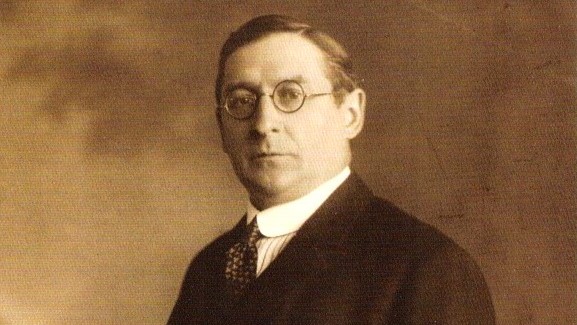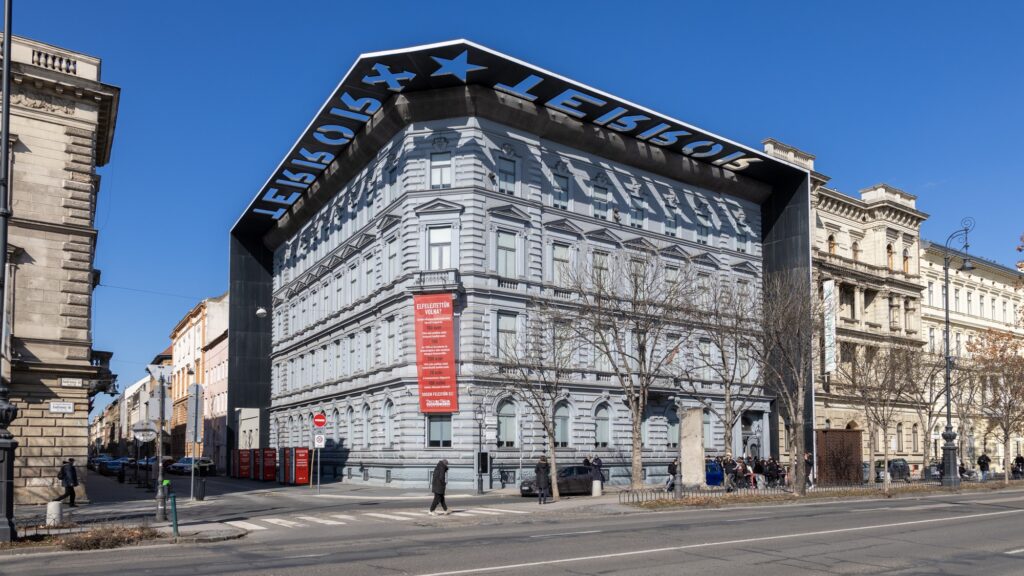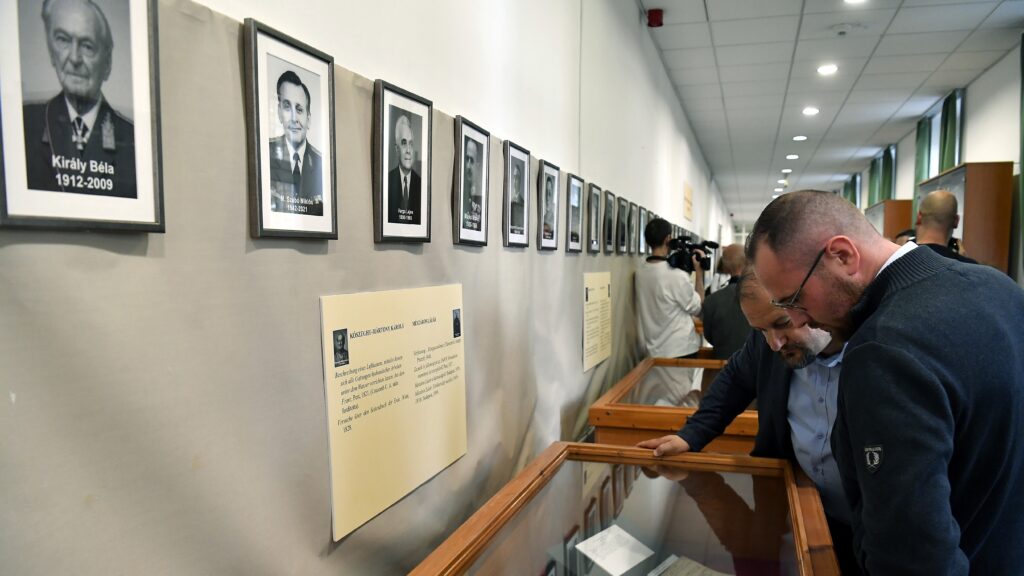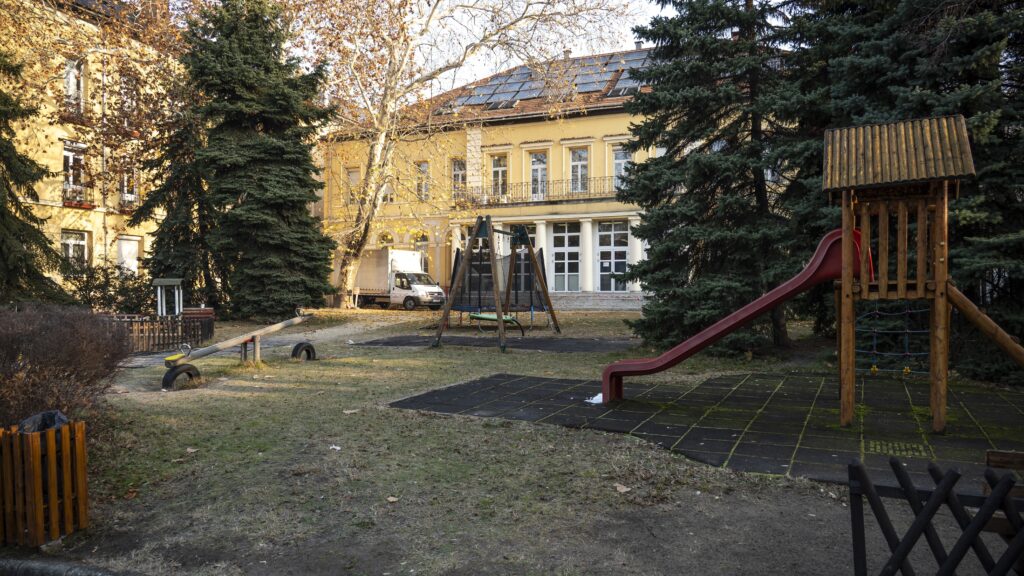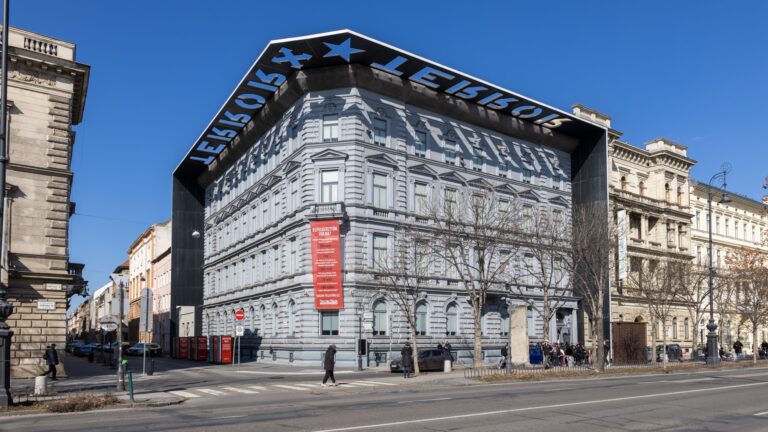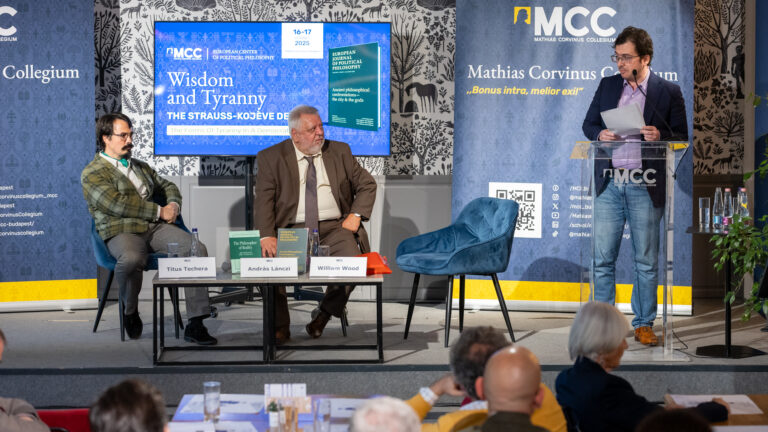On 9 September 1925, Kuno Klebelsberg, Minister of Religion and Public Education, announced that the government would allocate 7.5 million gold crowns for the construction of rural schools. The development of education played a key role in the recovery of the Kingdom of Hungary after the Trianon Treaty.
‘I express the firm hope that today, after we have survived the most difficult times and the Hungarian nation has already walked the greater part of its path carrying its cross, we will not collapse on the short road still ahead of us, and that the state and society will have the necessary strength and readiness to sacrifice to pass on to future generations the cultural treasures inherited from the great generations that preceded us,’ Kuno Klebelsberg said in his speech on 3 November 1923. Throughout his tenure as Minister of Religion and Public Education (1922–1931), he made enormous efforts to help Hungary recover from the mutilation and economic ruin caused by the Trianon Peace Treaty.
A Cultural Policy for the People
The implementation of Klebelsberg’s cultural policy was realized only in the mid-1920s—until then, due to scarce financial resources, it was only possible to carry out organizational reforms (such as the relocation of the Franz Joseph University of Kolozsvár (Cluj) to Szeged and the establishment of the National Collections Alliance in 1922). An important part of Klebelsberg’s research policy was the system of academic scholarships, which enabled many talented Hungarian students to study abroad for longer or shorter periods. This was also facilitated by the network of Hungarian institutes abroad, which served a dual purpose: to disseminate Hungarian culture in the country concerned and to help the Hungarian scholarship students who arrived.
In the Klebelsberg era 1924 stood out as the year of secondary school reform. This made it possible for students to apply to any university from any of the three types of secondary schools that existed at the time: so-called real schools (Realschule), classical gymnasiums, and scientific lyceums. In addition, decree No XII of 1927 stipulated that every municipality with a population of over 5,000 inhabitants had to build a public school. Thus, the number of public schools rose from 253 to 353 in 1930 and almost reached 400 in 1938.
Klebelsberg believed that ‘today it is not the sword but culture that can keep the Hungarian homeland alive and make it great again’, and he considered it important not only to educate the Hungarian elite but also to develop the education of the people. Legislation published in 1926 provided for the construction of 3,500 new classrooms and 1,750 teachers’ dwellings, in the following order: first, in isolated rural districts without schools, then in villages without schools, and finally in overcrowded urban schools.
‘Today it is not the sword but culture that can keep the Hungarian homeland alive and make it great again’
The wonder of it all is that few laws were implemented to the extent that this one was. All of the more than 5,000 planned institutions were completed. Of course, none of this would have happened if the state budget had not made it possible, since the Ministry of Culture received 9–10 per cent of the budget in the second half of the 1920s and used 50 per cent of it to improve public education.
In Klebelsberg’s concept, extracurricular education, chiefly meaning public libraries, also played a major role. He wanted as many of them as possible to be created and believed that children leaving elementary schools, who were already used to learning from books, would continue to read them as adults. He also promoted the development of book publishing and considered it important that basic literature should also be available to poorer sections of the population. The first Book Week was organized during his ministry as well (the first ‘Experimental Book Week’ in 1928, and the first Hungarian Book Week in 1929). Following the resignation of Prime Minister Count István Bethlen, Kuno Klebelsberg also left, but he continued to work tirelessly as chairman of the Committee for the Great Hungarian Plain. He was concerned with the problems of the Great Plain and possible solutions to those problems, and his work in this area was a testimony to his intellectual greatness and incredible energy.
Klebelsberg’s Role Models
Klebelsberg’s ideas fitted perfectly with the concepts developed by his great ‘predecessors’ such as József Eötvös and Albert Apponyi. The Eötvös Act on Education of 1868—ahead of England and Italy in this respect—provided for compulsory education (from the age of 6 to 12), the establishment of six-year elementary schools, and a separate teacher for each class of the municipal elementary school. Eötvös’ education policy was characterized by tolerance in terms of ethnic education, as the law stipulated that all children should be taught in their mother tongue in elementary schools. In order to ensure that it was trained professionals that staffed schools, he set up 20 teachers’ training schools, which were linked to practice schools so that ‘student teachers could be trained practically’. On 1 June 1908 Minister of Religion and Public Education Count Albert Apponyi submitted his bill on the free education of elementary schools, which was debated and adopted by the House in the same month.
Related articles:

